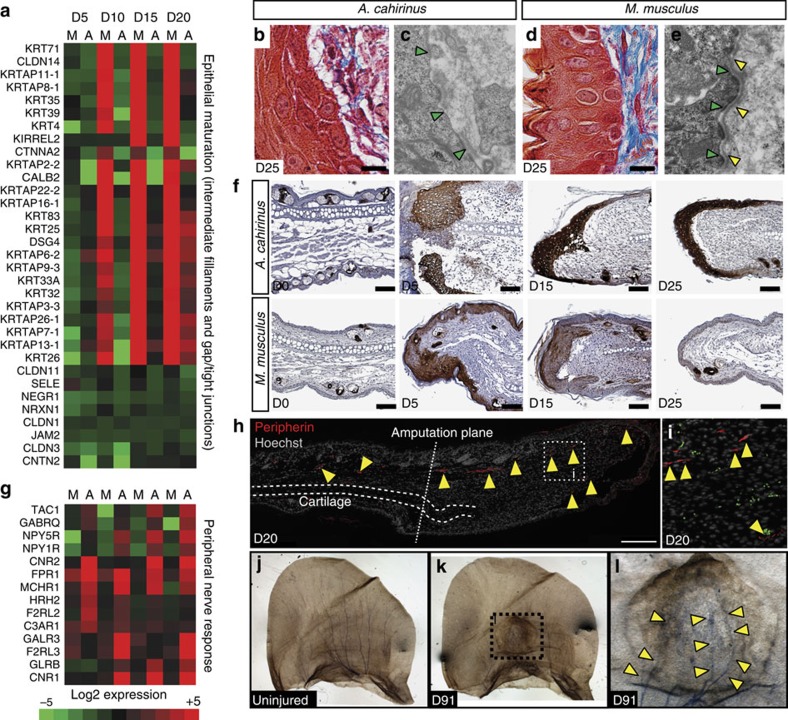Figure 7. A. cahirinus forms an active wound epidermis and the blastemal is associated with peripheral nerve regeneration.
(a) Heatmap showing genes with differential expression (increased in M. musculus, no change/decreased in A. cahirinus) associated with ‘intermediate filaments', ‘tight junctions' and ‘gap junctions'. Data represent log2(mean expression). (b,d) A. cahirinus (b) wound epidermis exhibits loss of apical–basal polarity in keratinocytes compared with M. musculus (d). (c,e) Electron micrographs comparing the wound epidermis in A. cahirinus (c) and M. musculus (e). The basement membrane in M. musculus shows both a lamina lucida (green arrows) and lamina densa (yellow arrows) (e), whereas only a lamina lucida is present in A. cahirinus (c). (f) Immunostaining for the basal keratinocyte marker, keratin 17 (dark brown), shows high abundance in A. cahirinus throughout the course of ear-hole closure. In M. musculus, keratin 17 was present in the epidermis at D5, became patchy at D15 and was absent from the epidermis at D25. Scale bar, 100 μm. (g) Heatmap showing genes with differential expression (decreased/no change in M. musculus, increased in A. cahirinus) associated with ‘neuroactive ligand receptor interaction' identified via ENRICHR. (h,i) Representative image showing immunohistrochemistry for peripherin (red) counterstained with Hoechst (grey) to show axon presence beyond the amputation plane at D20 in A. cahirinus. Arrows point to positive signal. Scale bar, 200 μM (h). (j–l) Representative images of Sihler's stained ears showing nerve tracts across the external ear in uninjured A. cahirinus tissue (j). D91 post-injury nerves regrow through the regenerated tissue (k). Higher-magnification image of boxed area in k showing nerve growth through regenerated tissue with higher density of nerve tracts at the proximal side of the injury (arrows) (l). All images are representative of at least n=3 biological replicates per species per time point.

